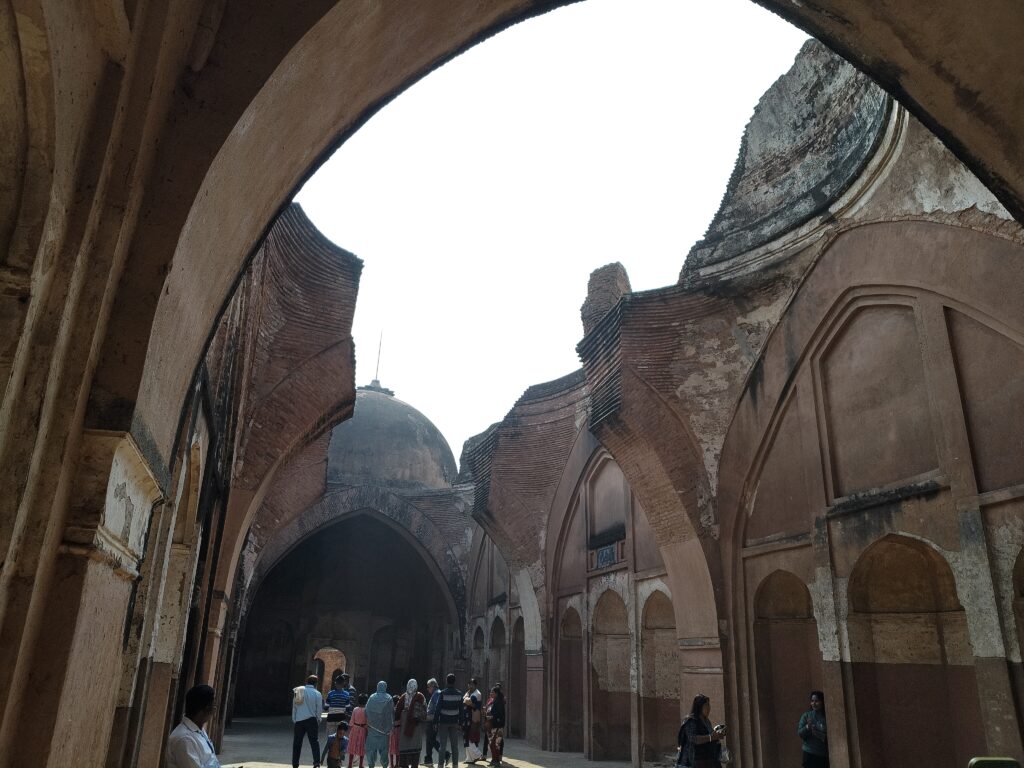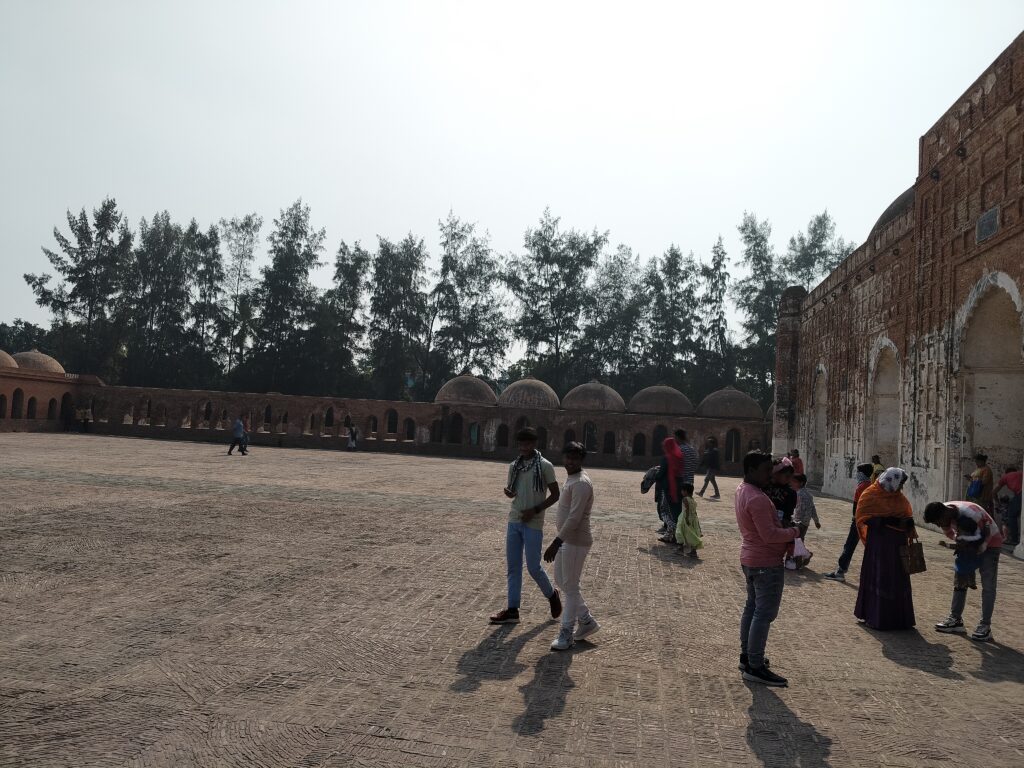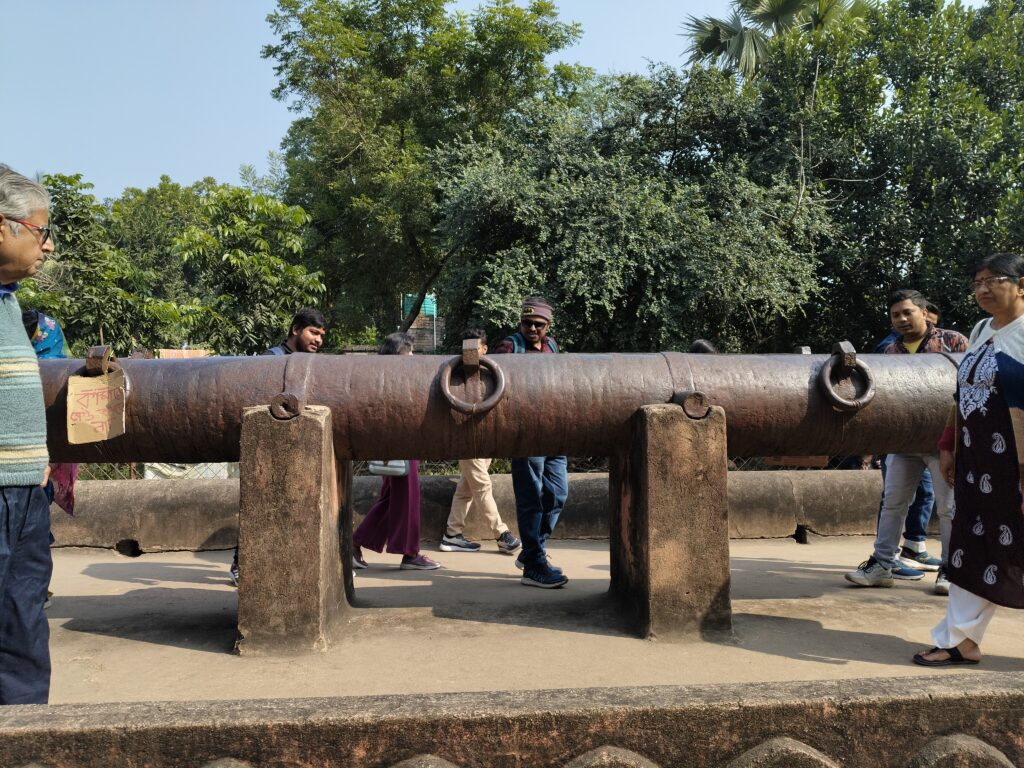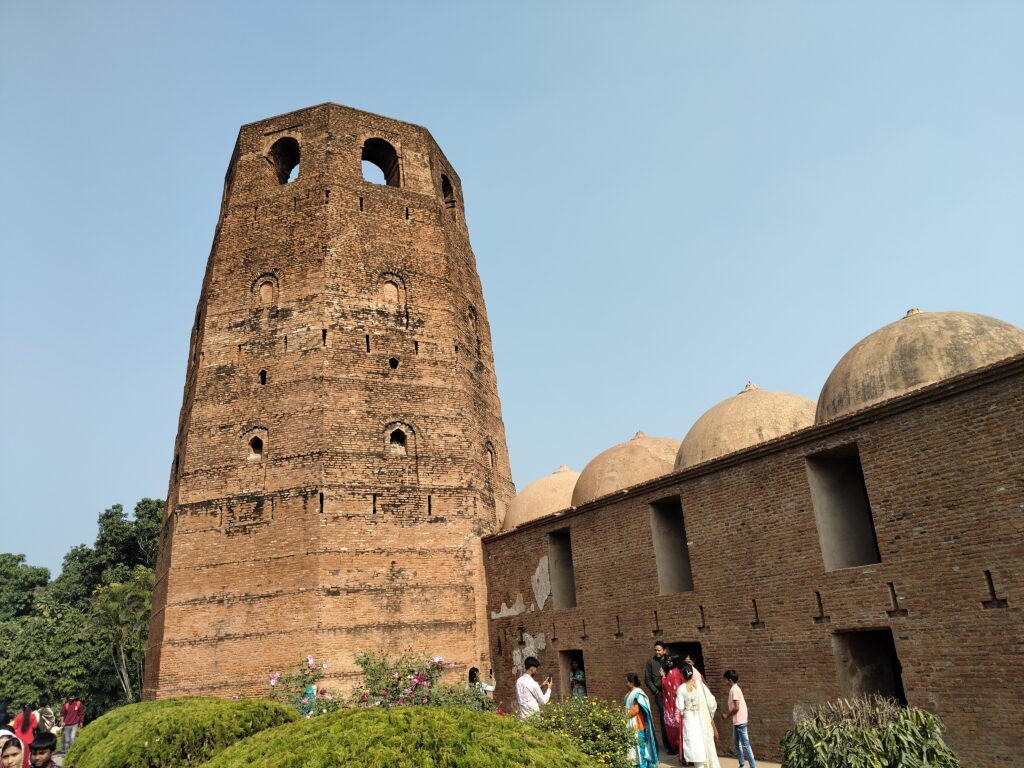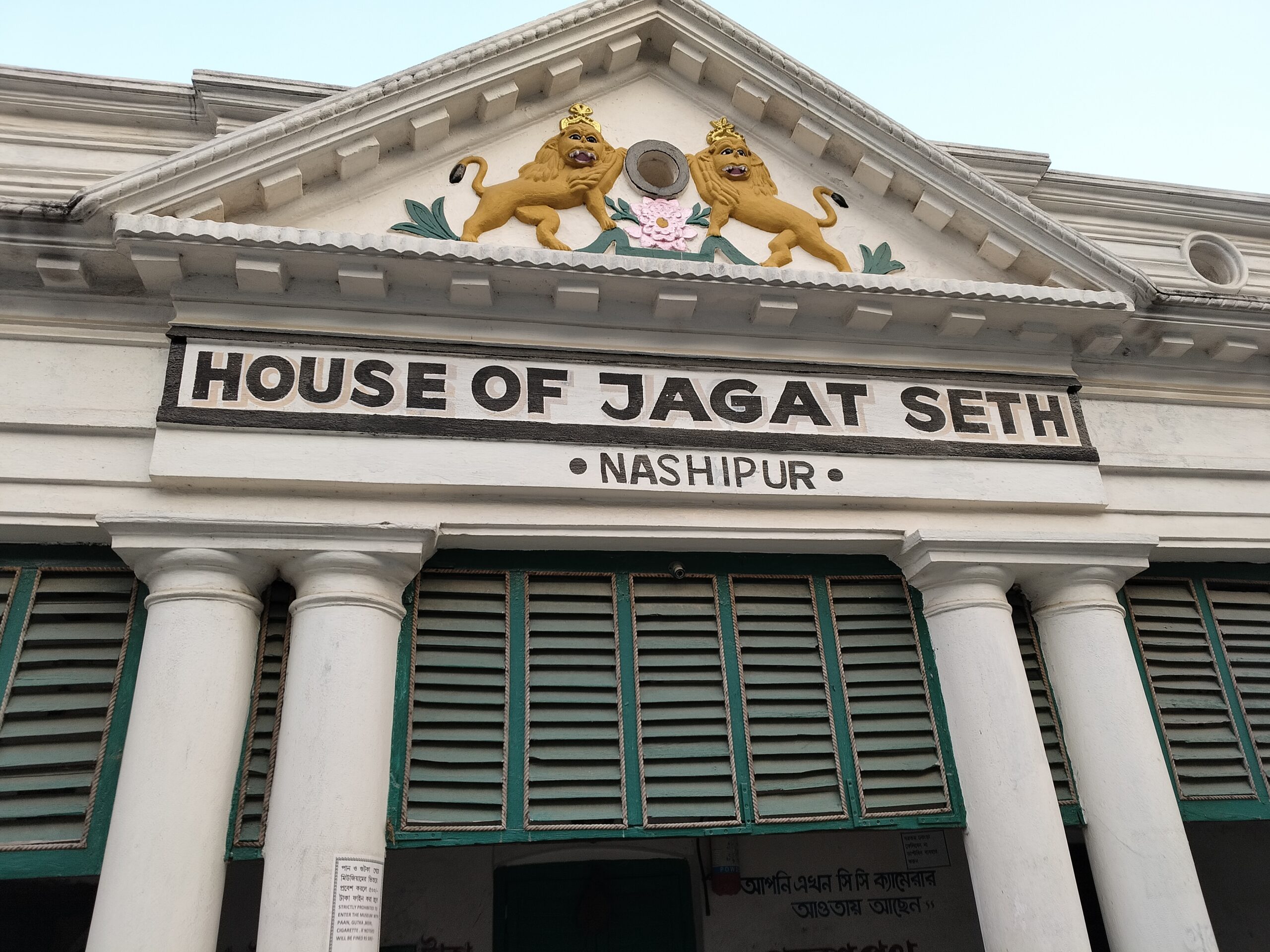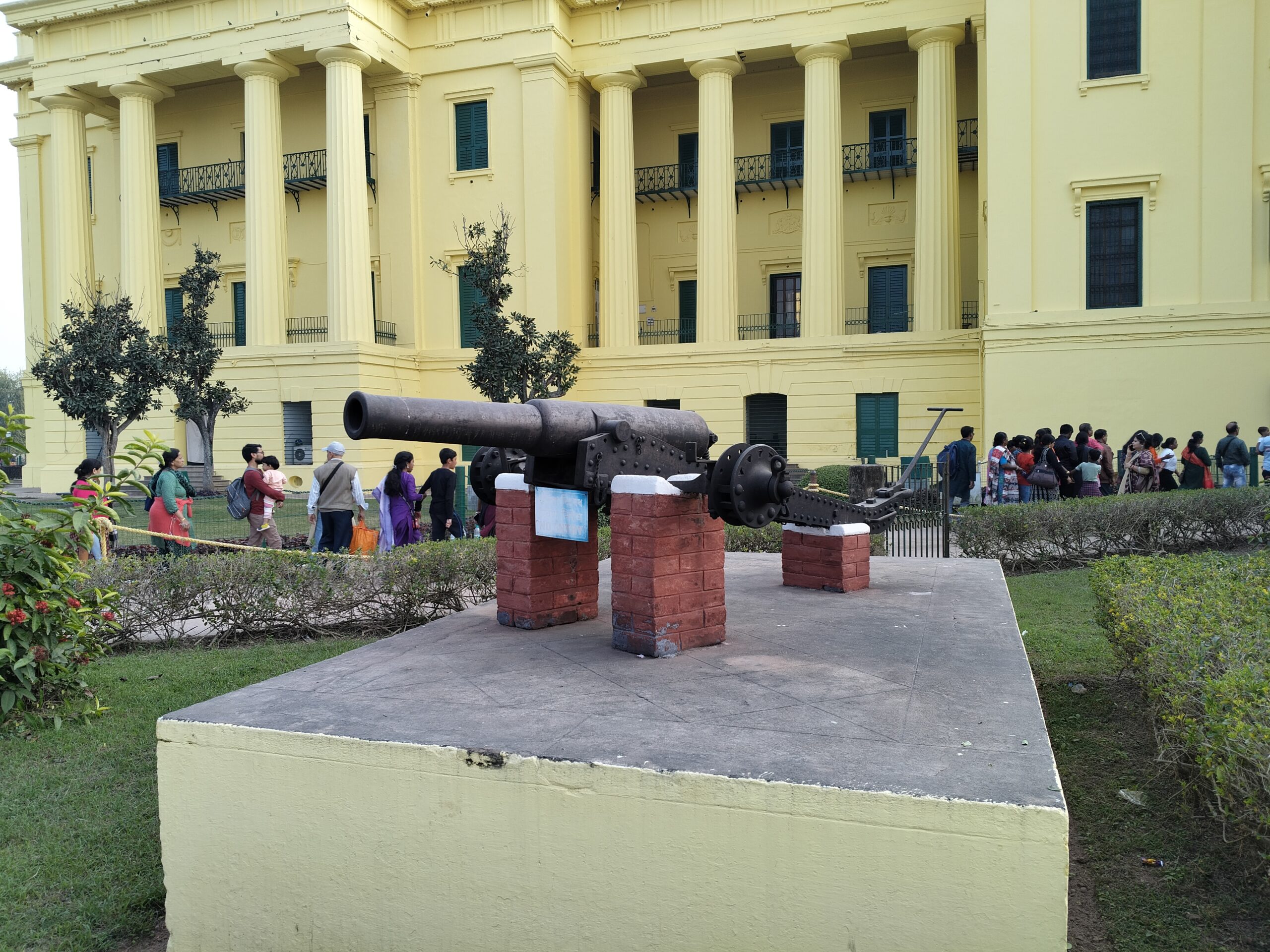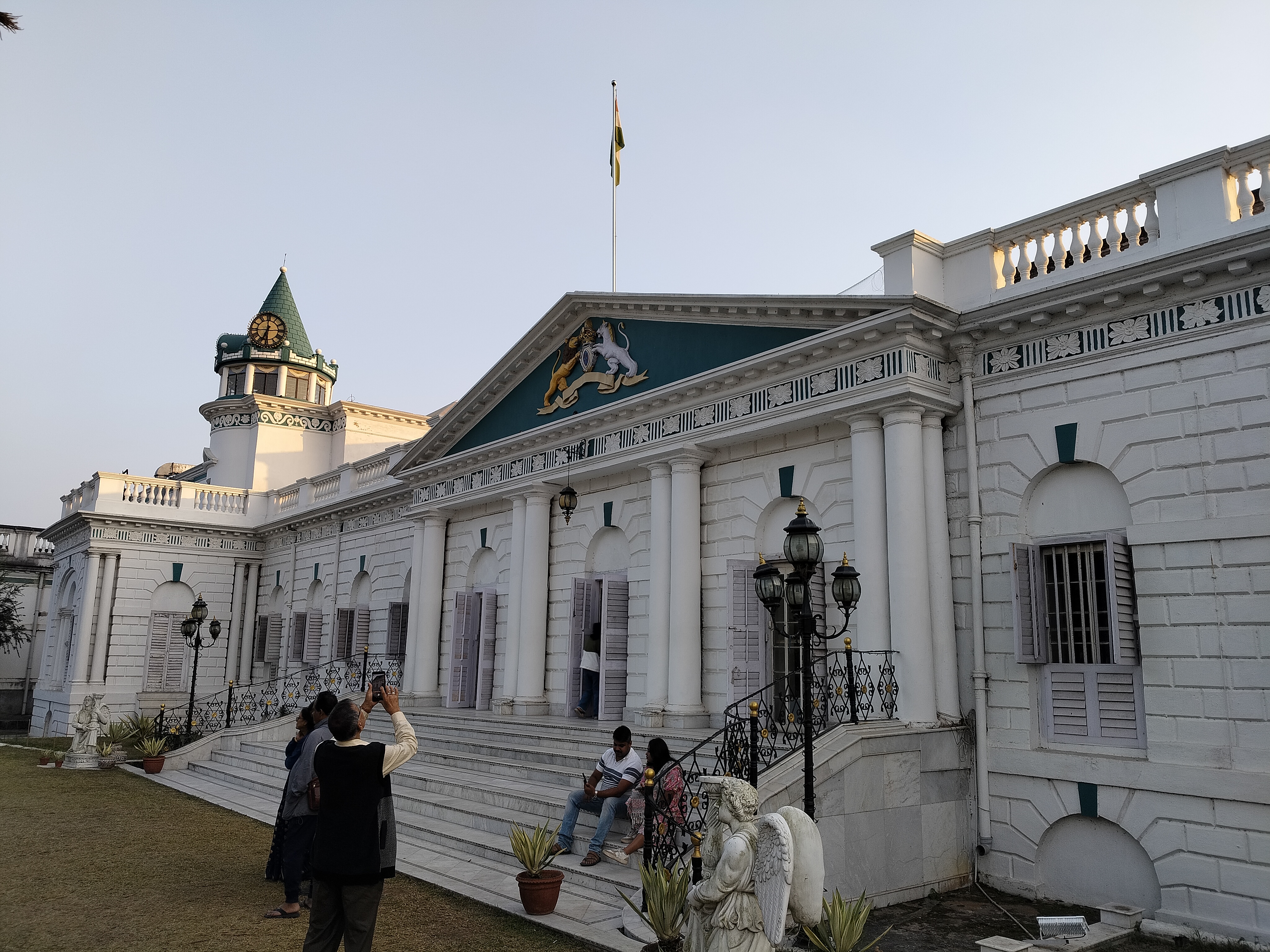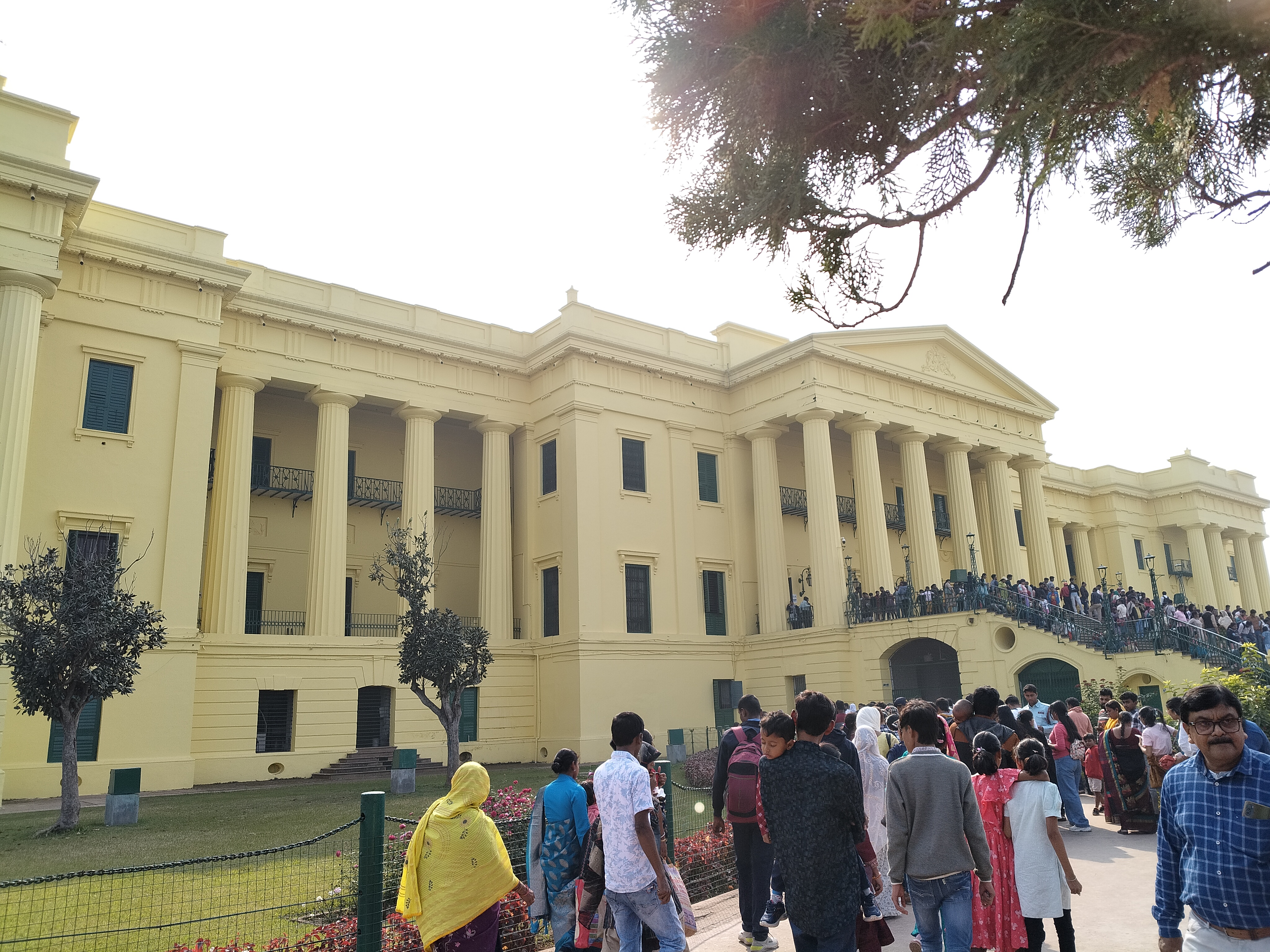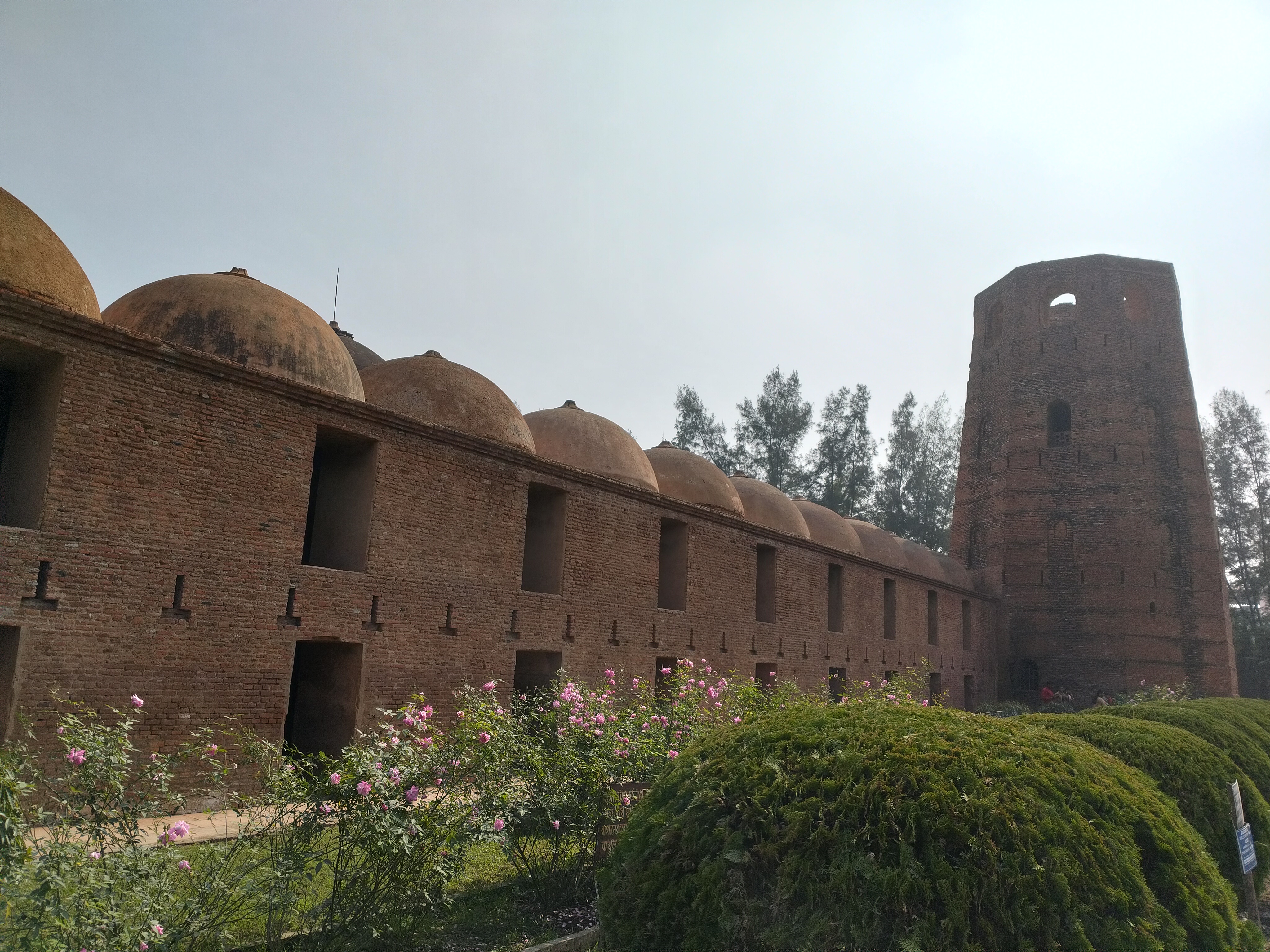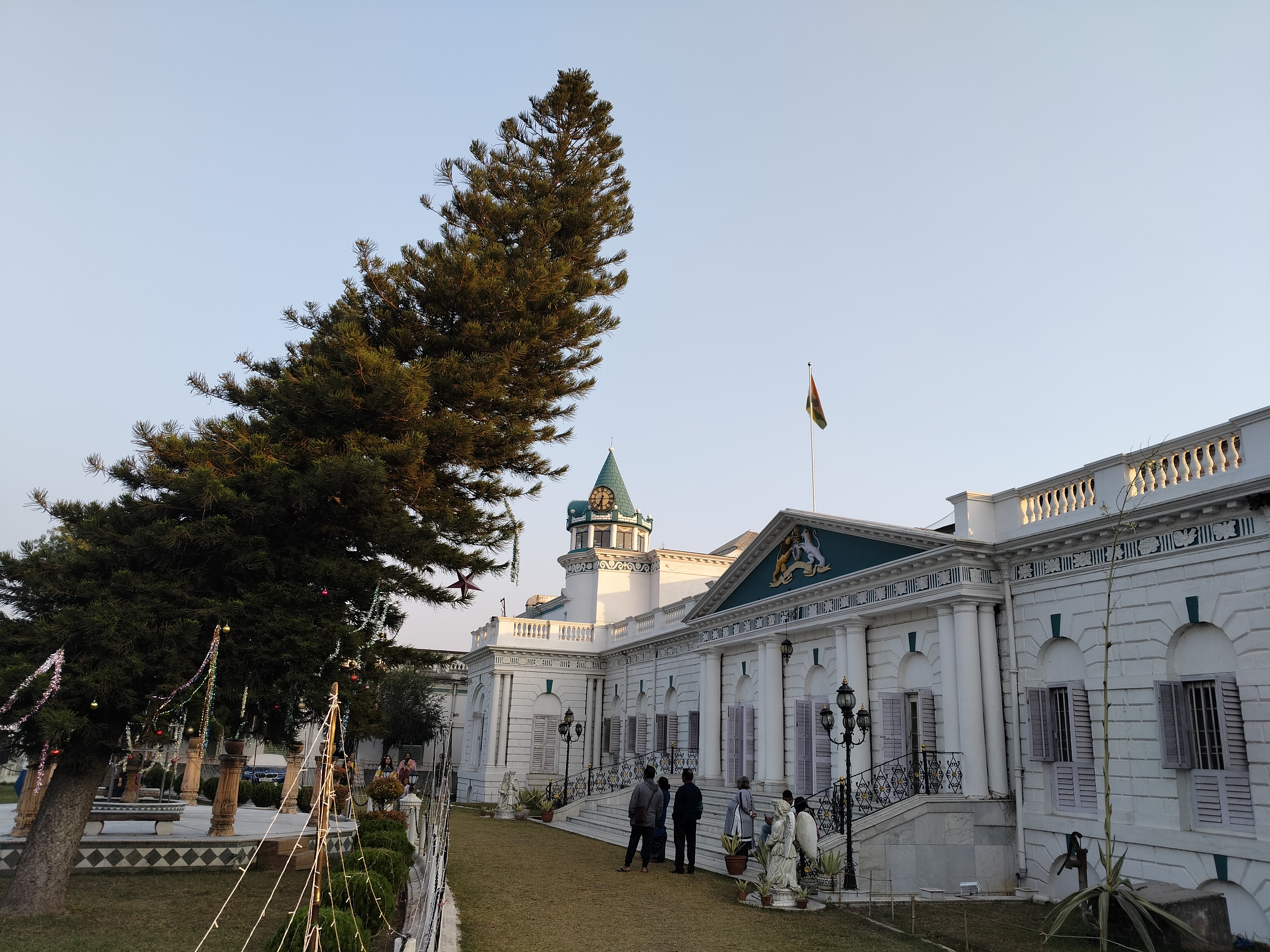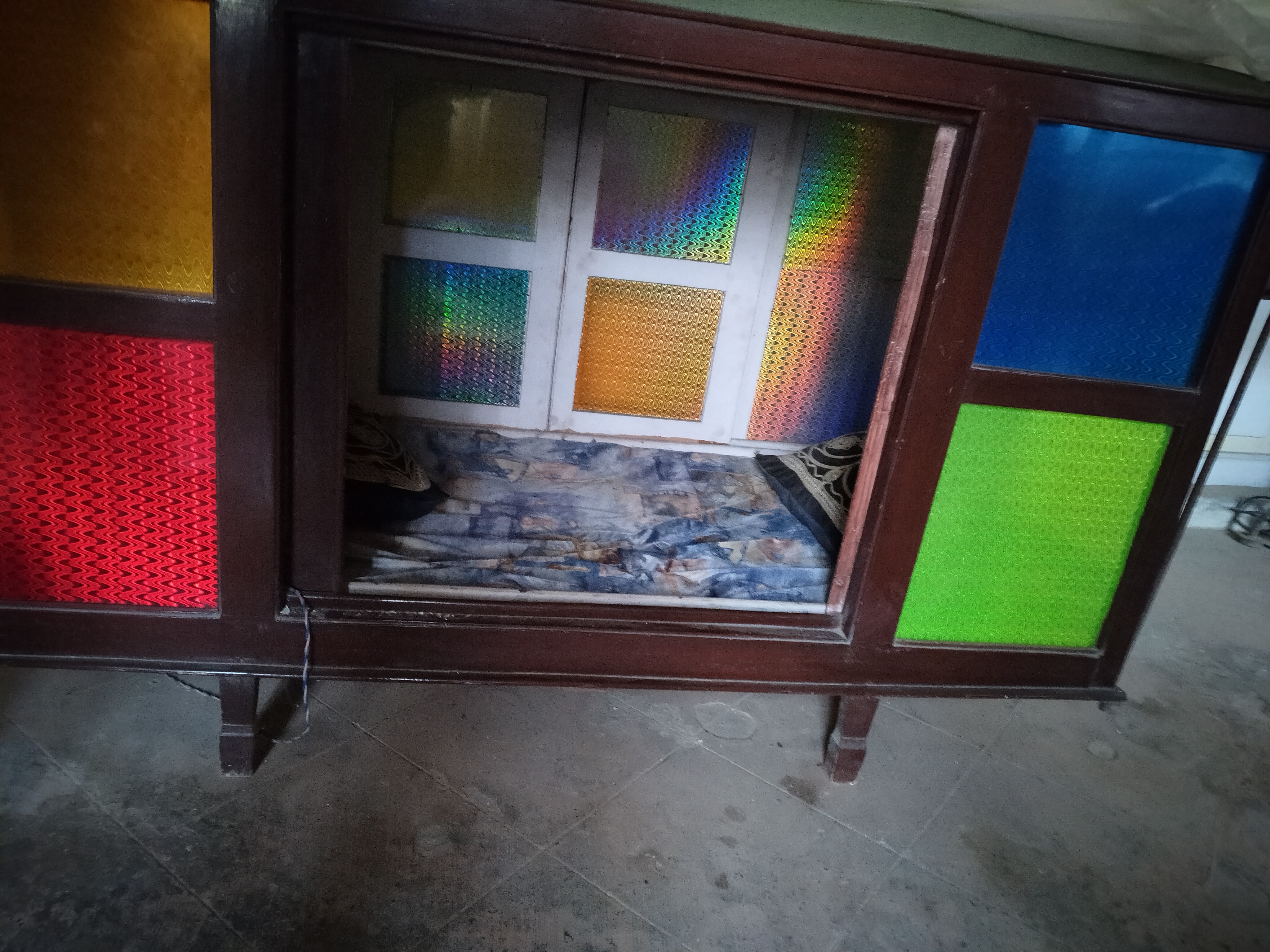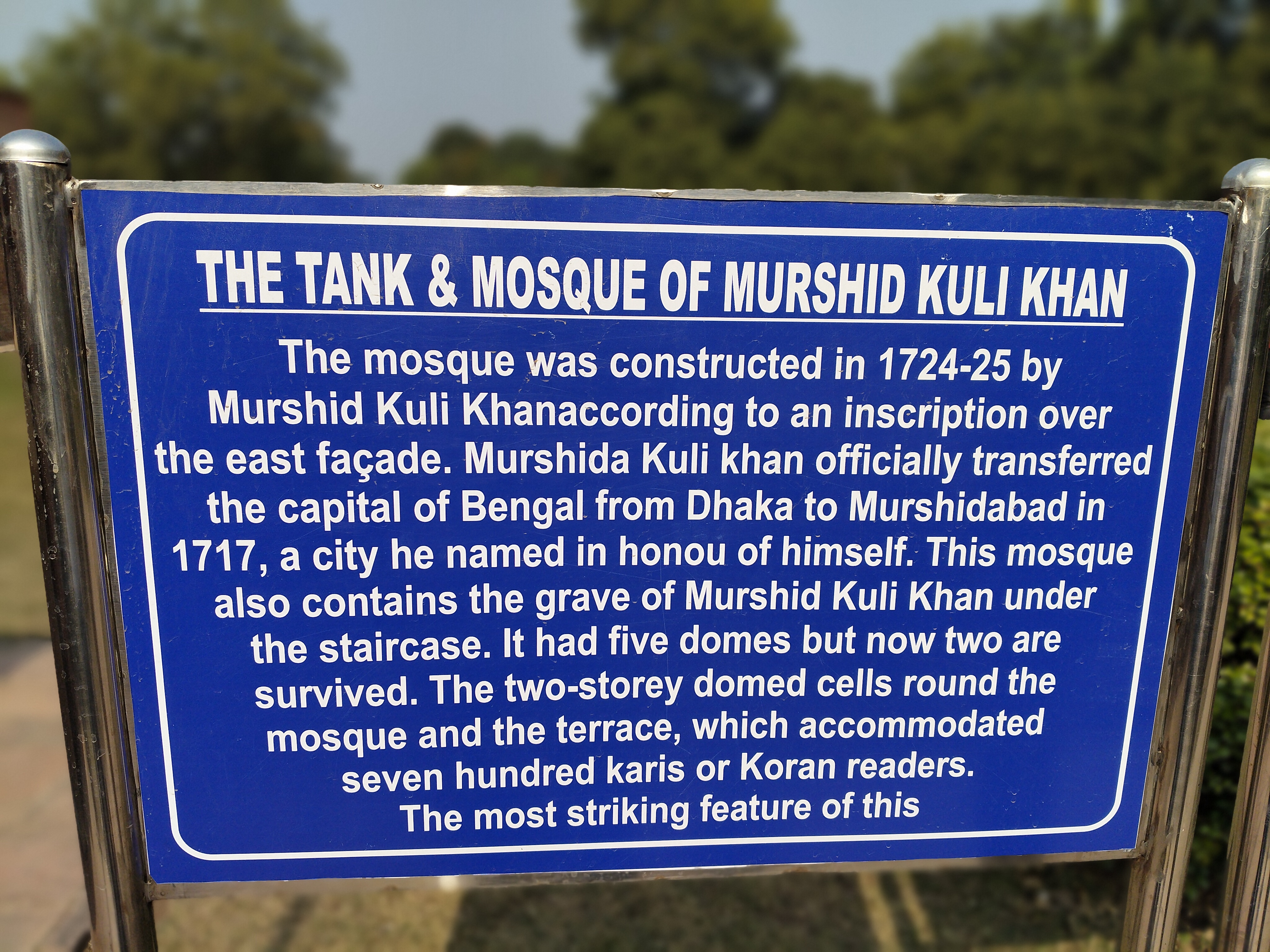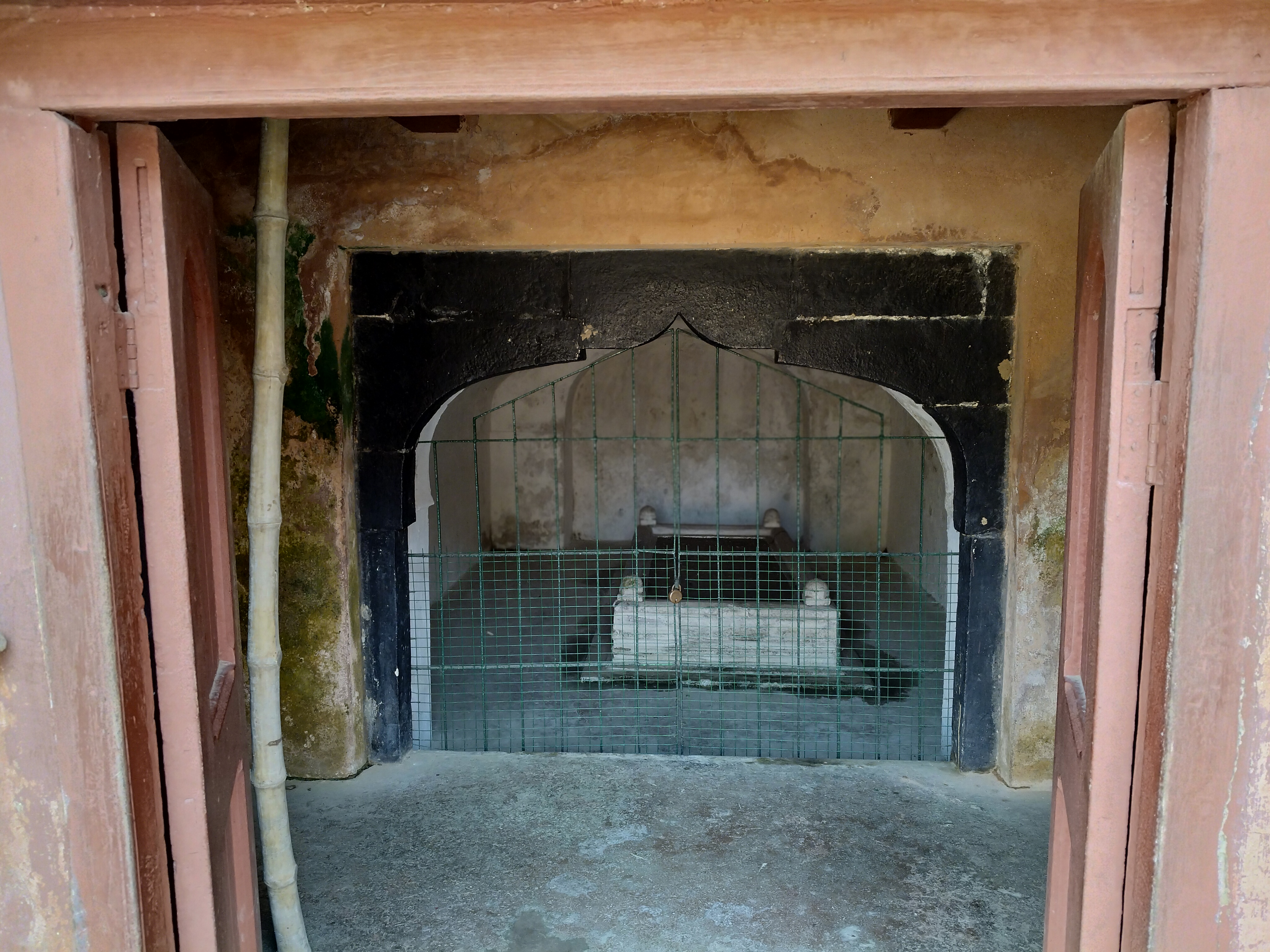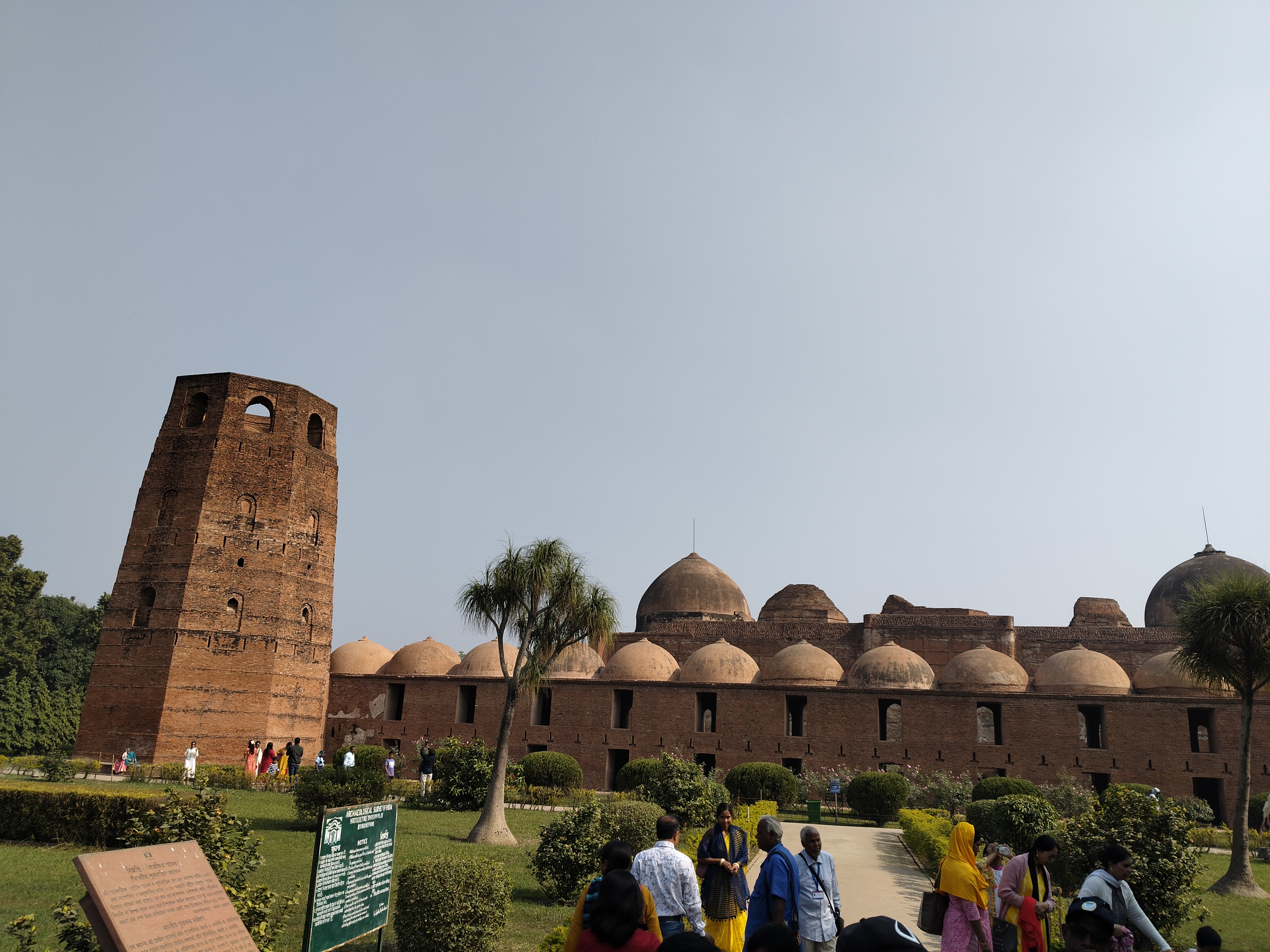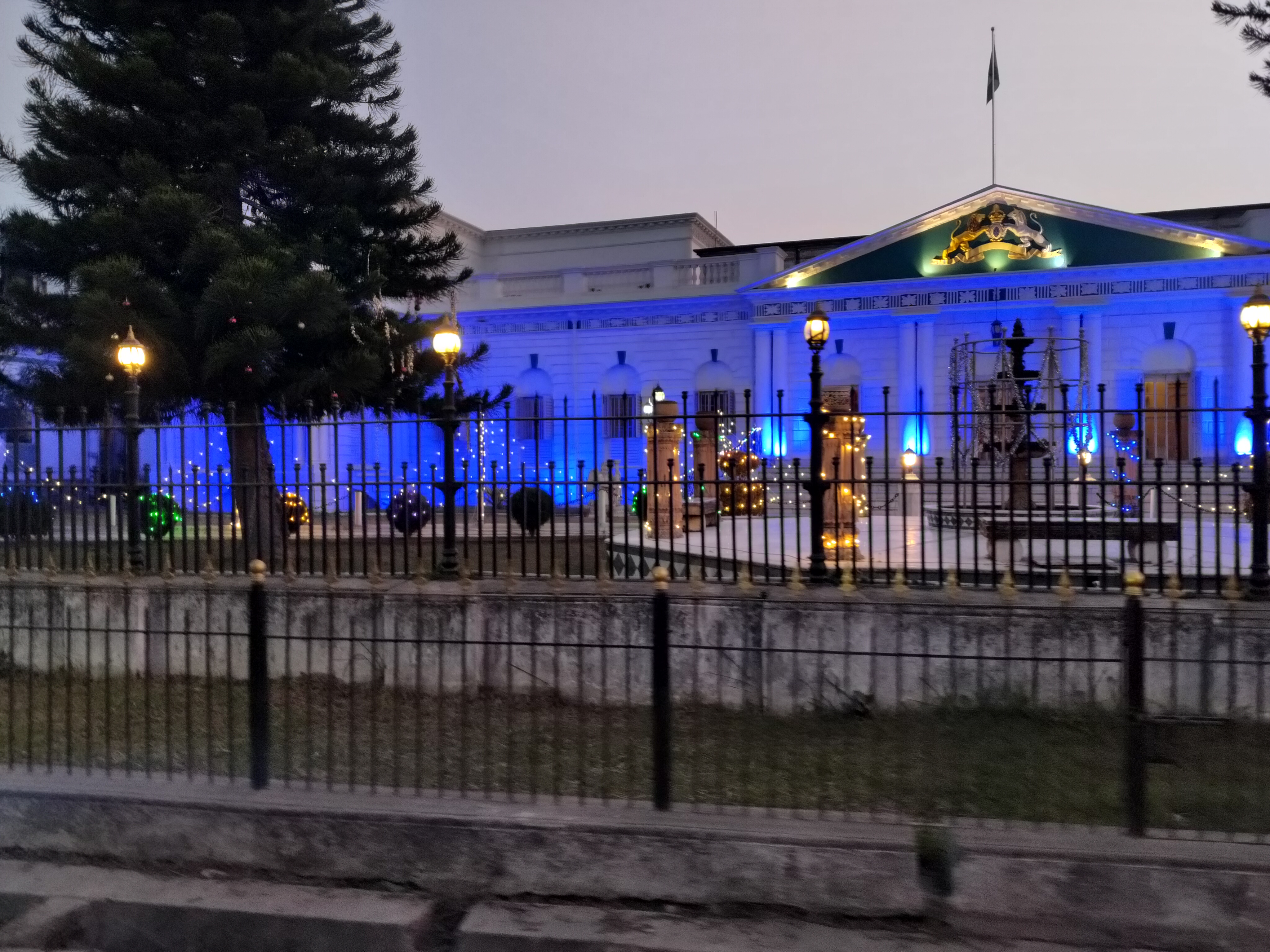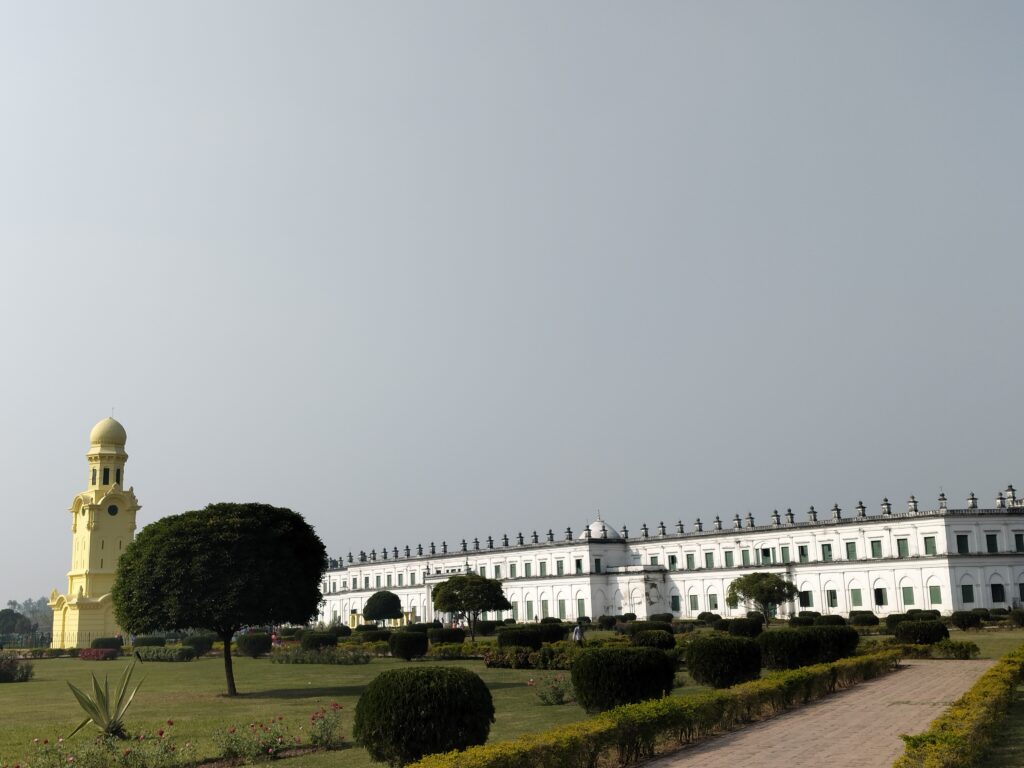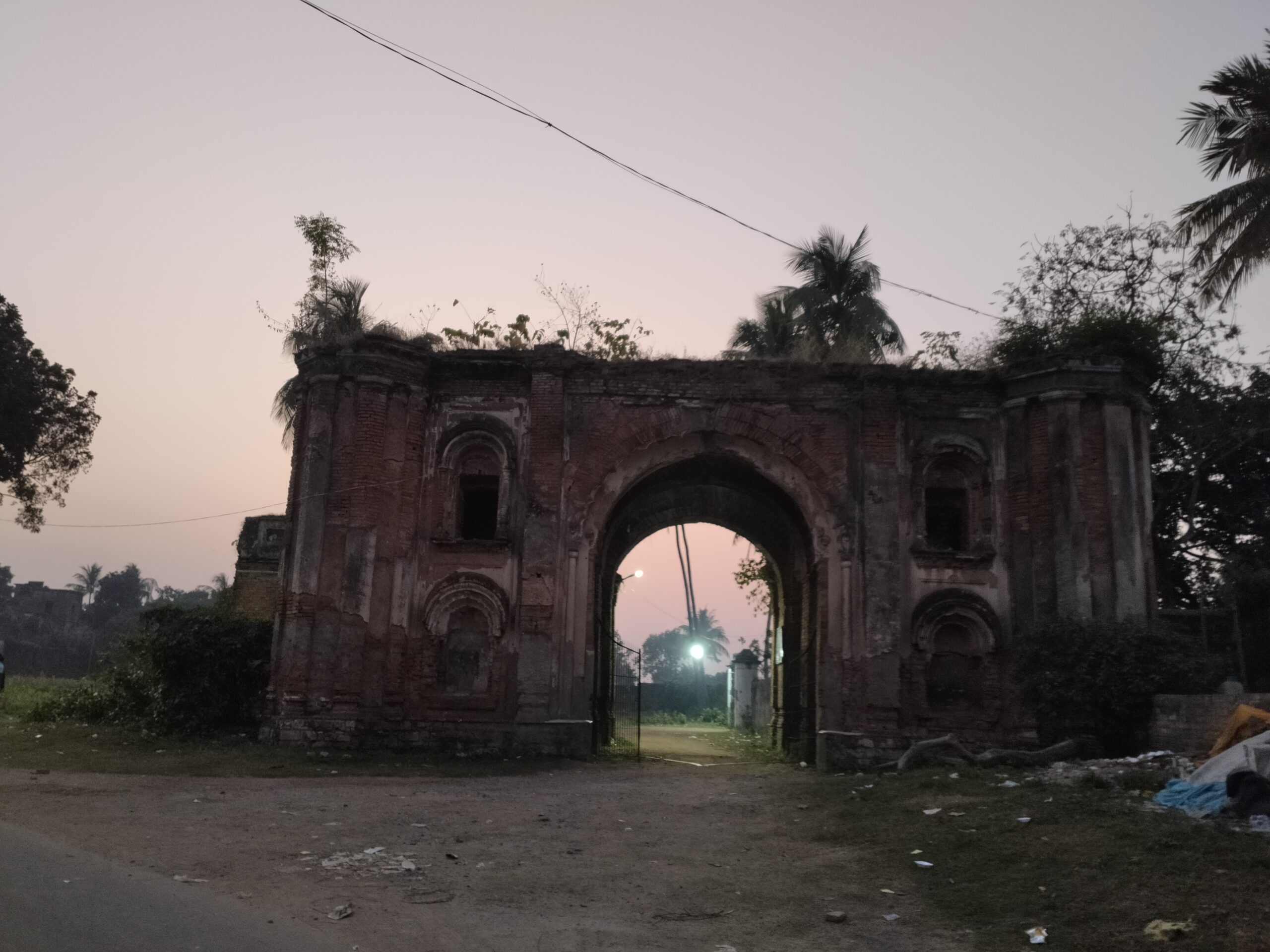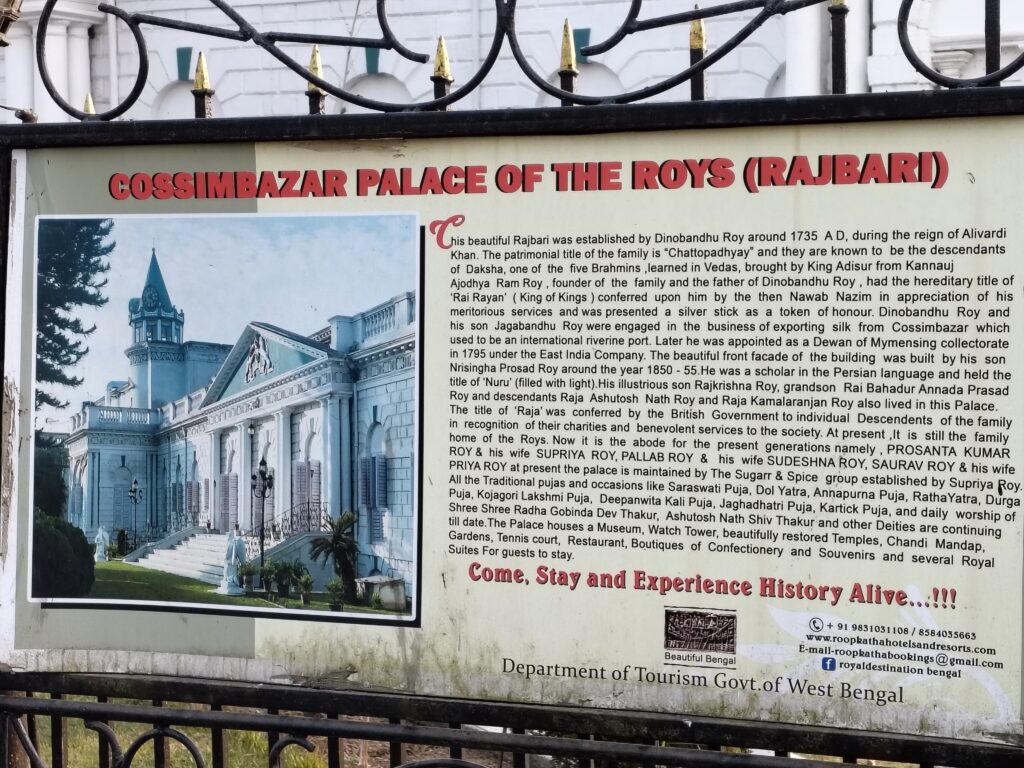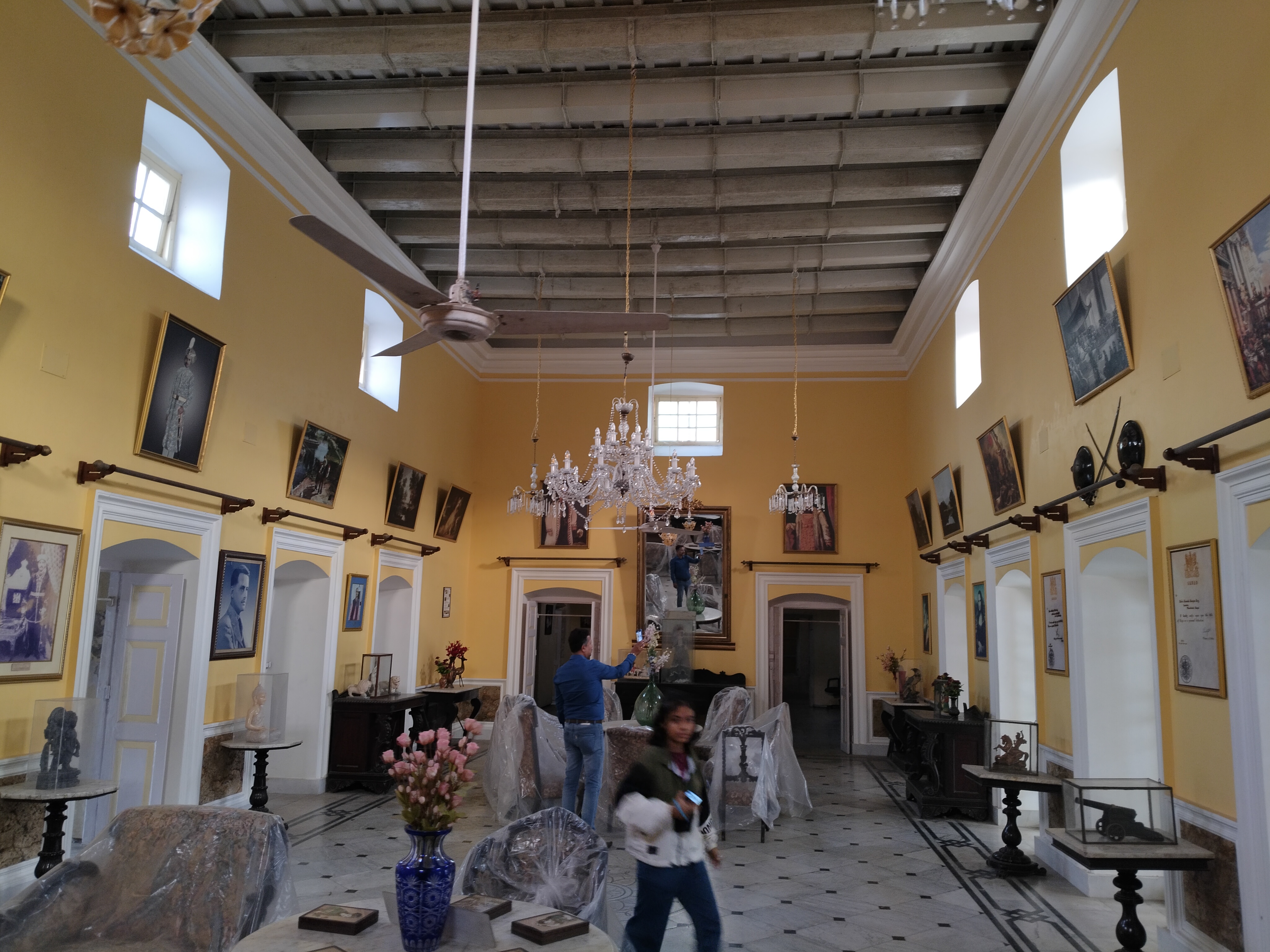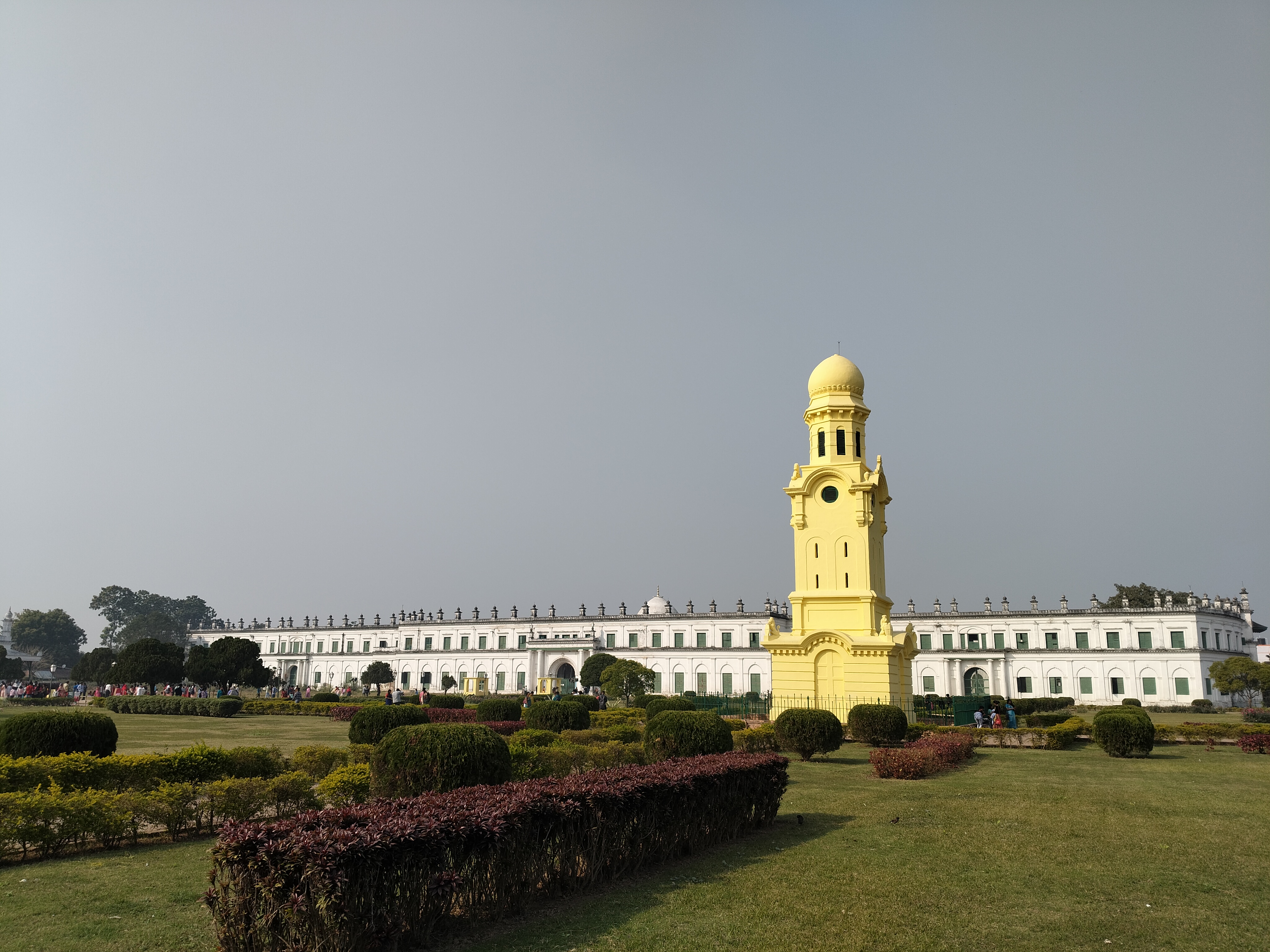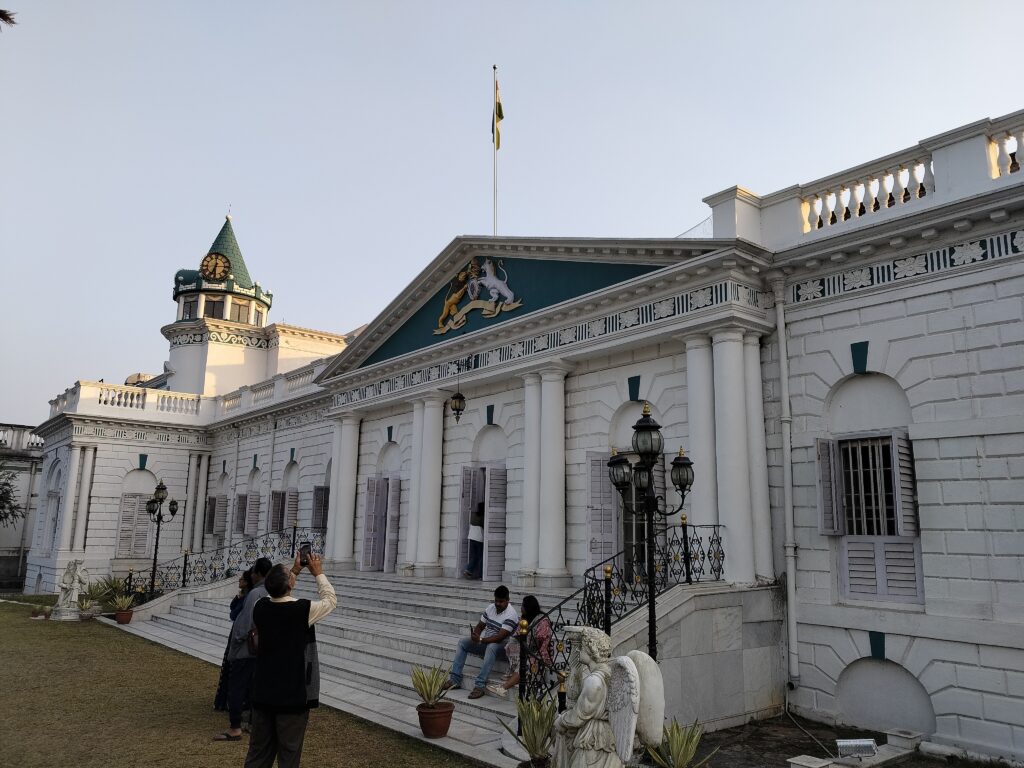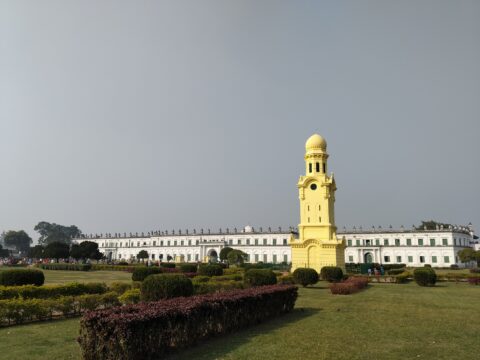Nestled in the heart of West Bengal, Behrampore (Berhampore) and the greater Murshidabad district offer travelers a captivating journey through history, culture, and nature. Once the seat of the powerful Nawabs of Bengal, this region is a treasure trove of architectural marvels, fascinating stories, and vibrant traditional arts. This travel guide highlights prominent places to visit, their historical importance, and practical tips to make your trip memorable.
A Brief Historical Overview
Murshidabad was the capital of Bengal during the 18th century under Nawab Murshid Quli Khan, after whom the district is named. Known as the “Island of Cossimbazar,” it served as an important political and cultural hub during Nawabi rule, holding sway over Bengal, Bihar, and Odisha. Murshidabad witnessed key moments in India’s colonial history, including the Battle of Plassey in 1757, which marked the beginning of British control.
The Nawabs left behind a rich architectural heritage blending Mughal, European, and regional styles, with palaces, mosques, imambaras, tombs, and gardens that continue to captivate visitors. The thriving silk industry, producing famous Murshidabad silks like Baluchari and Jamdani, adds an artisanal charm.
Top Places to Visit in Behrampore and Murshidabad
Travel and Accessibility
- By Road: Behrampore (Berhampore) and Murshidabad are well-connected by national highways. State buses and taxis run regularly from Kolkata, Burdwan, Rampurhat, and other nearby cities. The drive from Kolkata is approximately 195 km via NH34 or the Badshahi Road.
- By Rail: Murshidabad and Berhampore Court railway stations connect to major cities like Howrah, Mumbai, Chennai, and Ahmedabad, with taxis available for station transfers.
- Local Transport: Rickshaws, auto-rickshaws, and taxis are commonly used for navigating within the city and reaching various tourist sites.
Travel Tips
- Best Time to Visit: October to March offers pleasant weather ideal for sightseeing. Durga Puja and other festivals bring the city alive with vibrant cultural displays if you prefer a festive visit.
- Stay Options: Choose from budget hotels, heritage guesthouses, or boutique inns in Berhampore for an authentic experience.
- Local Cuisine: Try Bengal’s exquisite sweets like Rosogolla, Chamcham, and delicious local specialties.
- Safety and Security: While largely safe for tourists, it’s wise to stay cautious with valuables and avoid isolated places after dark.
1. Hazarduari Palace
Known as the “Palace with a Thousand Doors,” Hazarduari Palace is the most iconic landmark of Murshidabad. Constructed in the 19th century by architect Duncan MacLeod under Nawab Nazim Humayun Jah, the palace represents the grandeur of Nawabi architecture with a unique blend of European style. Though it has 1000 doors, only 100 are functional; the rest are false doors designed to confuse invaders and robbers during Nawabi times. The palace is now a museum exhibiting exquisite collections of royal artifacts, including vintage weaponry, paintings, furniture, and artifacts that reflect the Nawab era’s opulence. It also houses the Nawabi durbars and Durga Puja celebrations historically held within its halls.
Timing: 9:00 AM – 4:30 PM (Closed on Fridays)
Location: Kila Nizamat campus, Murshidabad.
2. Katra Mosque
Built between 1723-1724 by Nawab Murshid Quli Khan, the founder of Murshidabad, Katra Mosque is an exemplary Indo-Islamic religious monument and one of the largest caravanserais built in the Indian subcontinent. The mosque complex features intricately carved black basalt pillars and large domes with elegant calligraphy. It was part of a larger caravanserai complex serving travelers, traders, and merchants in the region. The mosque’s delicate pink facade glows beautifully in the sunset, attracting many visitors and photographers.
Timing: 8:00 AM – 6:00 PM
Location: Sabjikatra, Murshidabad.
3. Nizamat Imambara
One of the largest Shia Muslim congregation halls in India, the Nizamat Imambara was constructed initially in 1740 but was rebuilt in 1847 after a fire. It features exquisite chandeliers brought from Belgium and houses India’s largest historical cannon on its grounds. The Imambara complex also includes the Nizamat Kila (Fort) and the Black Hole Monument, commemorating the tragic “Black Hole of Calcutta” incident. The architecture elegantly blends Mughal and local styles and serves as a religious and cultural center for the Muslim community.
Timing: 10:00 AM – 5:00 PM (Closed on Fridays)
Location: Lalbagh, Hazarduari Rd, Murshidabad.
4. Katgola Palace
A peaceful palace set in lush surroundings, Katgola Palace showcases architectural influences from Greek, Roman, and Indian traditions. It was the residence of a wealthy Zamindar but today serves as a quiet getaway from the town’s bustle. The palace is surrounded by beautiful gardens and water bodies, offering visitors a glimpse into the aristocratic lifestyle of bygone days.
Timing: 9:00 AM – 5:30 PM
Location: Kathgola, Murshidabad.
5. Nashipur Rajbari
Once the court of the influential Zamindar Debi Singha, Nashipur Rajbari now operates as a museum displaying royal belongings. This includes old farmans (orders), documents, jewelry, and household items. The compound also contains a large temple dedicated to Lord Rama, considered among the prominent religious structures in Murshidabad, making it a blend of historical and spiritual attraction.
Timing: 8:00 AM – 6:00 PM
Location: Nashipur Palace, Kathgola, Murshidabad.
6. Jafarganj Cemetery
This historical cemetery is the final resting place of Mir Jafar, the Nawab infamous for betraying the Nawabs at the Battle of Plassey in 1757, facilitating the British East India Company’s rise in India. The cemetery’s peaceful grounds provide insights into the complex history of Murshidabad’s ruling families.
7. Footi Mosque
An unfinished mosque located in Kumarpur, the Footi Mosque stands out for its unique and incomplete architecture. Said to have been commissioned by Nawab Sarfaraz Khan, the mosque was never completed, giving it an intriguing and mysterious aura for history enthusiasts.
8. Karnasubarna (Capital of Shashanka)
Located near Behrampore, Karnasubarna was the capital of the ancient Gauda Kingdom ruled by King Shashanka in the 7th century. Shashanka was the first significant Hindu king of Bengal, well-known for his opposition to Buddhism. The archaeological site includes ruins and remnants that speak of early medieval Bengal’s political and cultural landscape.
9. Kiriteswari Temple
The Kiriteswari Temple, one of the 51 Shakti Peethas, is located near Murshidabad and is considered highly sacred. The temple marks the spot where the crown or forehead (Kirita) of Sati Mata is believed to have fallen. It dates back more than a thousand years, although the current structure was rebuilt about 200 years ago. This peaceful temple attracts devotees and visitors interested in spirituality and mythology.
10. Murshidabad Silk Weaving Industry
Murshidabad silk is world-famous for its craftsmanship and designs. Visitors can explore nearby weaving villages and workshops where artisans produce renowned silk sarees like Baluchari and Jamdani using traditional handloom techniques. This offers a cultural insight into the region’s artisanal heritage.
Murshidabad: Secrets, Legends, and the Soul of Nawabi Bengal
The Enigmatic Origins: More than Just a Capital Shift
Murshidabad’s rise was not merely administrative. It was a carefully crafted statement of power and prestige. Murshid Quli Khan’s decision to move the capital from Dhaka to Murshidabad symbolized an assertion of independence from coercive Mughal overlords. The city’s planned layout reflected the Nawab’s vision of a center that would rival the great imperial capitals of India with its gardens, palaces, and markets.
Legend has it that Murshid Quli Khan designed the city so its waterways would serve both practical trade and aesthetic functions, echoing Persian concepts of paradise gardens (Charbagh). The Bhagirathi River was the lifeline, not just for commerce but for poetry and power.
Nawabi Opulence and Patronage of Arts
The Nawabs’ love for aesthetics shaped not only architecture but music, literature, and culinary arts. Murshidabad is known for fostering the early development of Bengali classical music styles and court poetry. The Nawabi kitchens, famed for dishes like kosha mangsho and mishti doi, set culinary standards that continue to influence Bengali cuisine today.
Murshidabad’s artisans were pioneers of intricate ivory carving and lacquerware. These crafts flourished under royal patronage, blending Persian motifs with Bengali creativity—crafts highly sought after even by British colonial officers.
Murshidabad Under Colonial Shadows
The Battle of Plassey in 1757, where Mir Jafar betrayed Nawab Siraj-ud-Daulah, was a turning point. Murshidabad became a ghost of its former self under British suzerainty. Yet, the city’s resilience is seen in how it adapted—becoming a stronghold of resistance and local identity. The British admired and sometimes feared the Nawabi class’s cultural cachet, which remained a symbol of indigenous pride.
Stories from this period reveal secret passages within palaces used by rebels, coded letters exchanged among freedom fighters hidden beneath the silk trade, and silent cultural protests in the form of preserved traditional art forms—subtle acts of defiance wrapped in beauty.
Silk: The Fabric of Economy and Identity
Murshidabad silk is more than a fabric; it is a testament to social history. The Baluchari saree’s narratives embroidered in gold and silk threads recall epics like the Mahabharata and Ramayana, reconnecting wearers with their cultural roots. The silk trade shaped Murshidabad’s interactions globally—silks from here adorned the courts of Europe and the Middle East.
Untold Stories: Women of Murshidabad
Among the Nawabs and merchants, the women of Murshidabad played subtle yet influential roles. Royal women were patrons of the arts and religion, custodians of secret recipes, and key decision-makers behind diplomatic marriages that cemented alliances. The couture of Murshidabad, with fine muslins and embroidered textiles, was popularized by these women who shaped fashion beyond the palace walls.
Festivals and Cultural Continuity
Durga Puja in Murshidabad was celebrated with unmatched grandeur, rivaling even Kolkata’s festivities. The Nawabs, despite their Muslim faith, encouraged and participated in these festivals, illustrating the syncretic culture of the region. The city’s calendar also features Sufi Urs and other Islamic festivals that highlight Murshidabad’s pluralistic heritage.
This deep dive peels back layers to reveal Murshidabad’s soul—a city where history, culture, and mythology intertwine to form a narrative both unique and universal.
